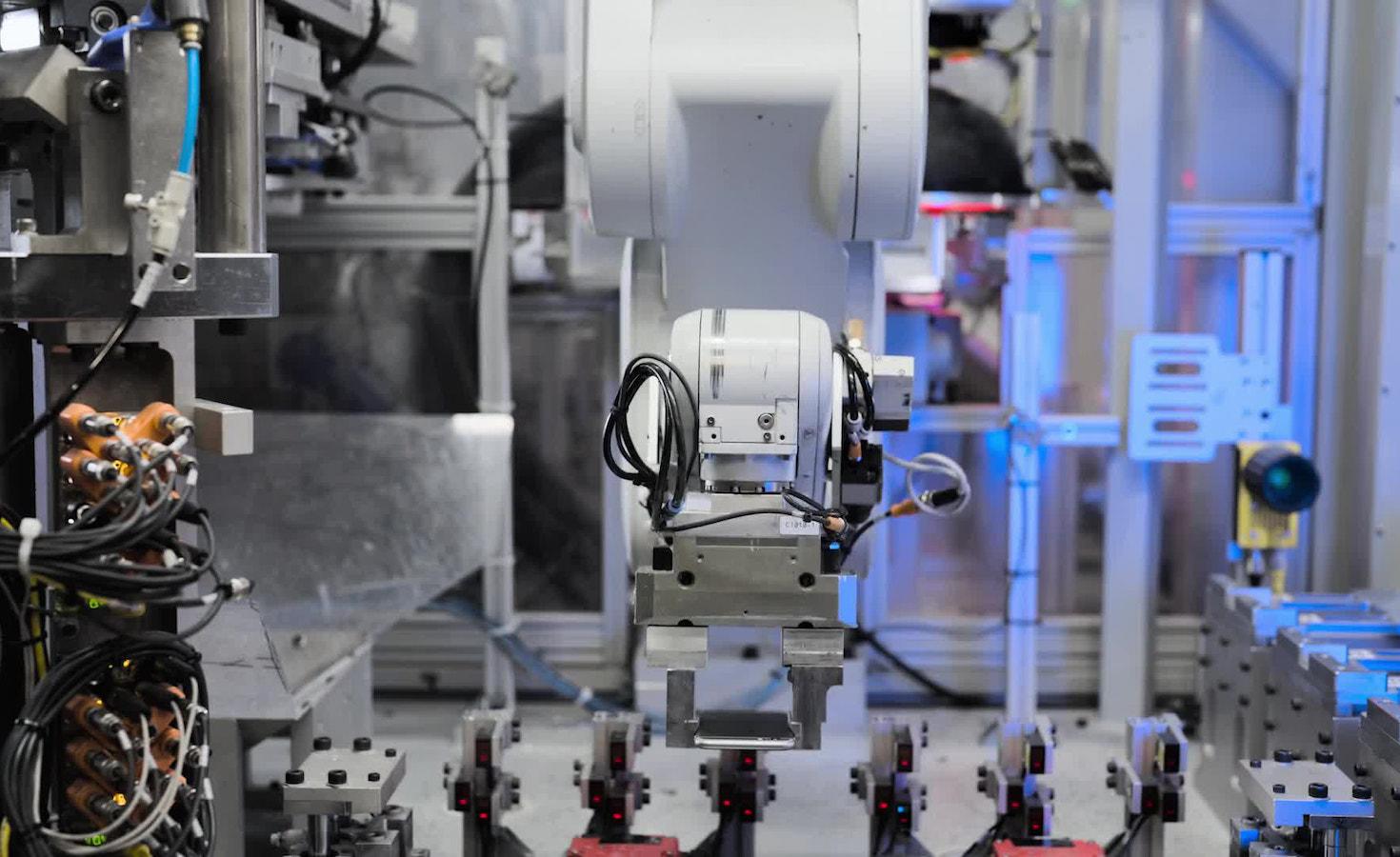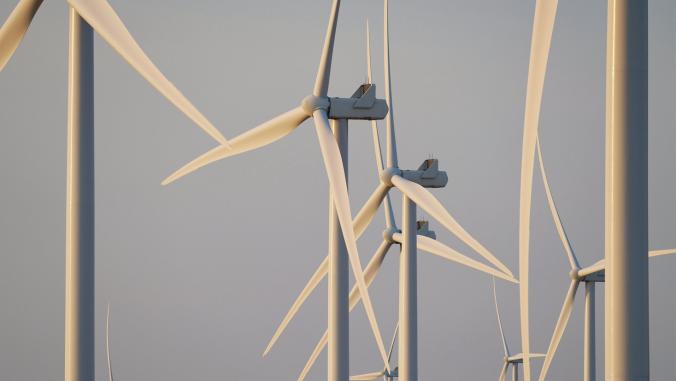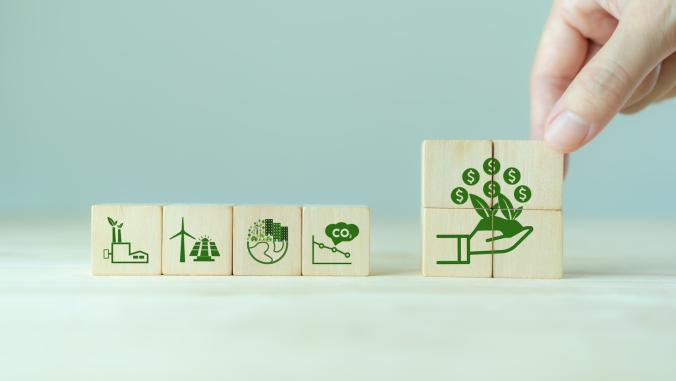Is it me, or are tensions between environmental activists and the climate tech community intensifying?
One question I see polarizing those who long for a fossil fuels-free future: Where on earth are we going to source the minerals and metals to build this stuff, ethically and sustainably? I use the words "on earth" for a reason, because this is about mining and extraction of natural resources.
The dilemma is real, especially for those skittish about relying on notoriously opaque supply chains. China controls a large portion of access for many of the most important materials, including lithium and cobalt, crucial for electric vehicle batteries and energy storage devices. (Although it isn’t necessarily the biggest source of deposits, it refines a vast majority of both.)
Often, transition-critical minerals are abundant in regions fraught with human rights issues or where few environmental controls for mining concerns exist. A striking example is cobalt: As of 2019, the International Energy Agency estimates almost 70 percent of the supply came from the Democratic Republic of Congo, where child labor and other abuses associated with mining activities run rampant. Today, there’s just one cobalt mine in the U.S., in Idaho. Why not cultivate the second-largest source? Sorry, folks, that would be Russia. Considering the war in Ukraine, that’s not going to happen anytime soon.
"There has been intensified visibility because of the exponential demand around it, also the hardship associated with collection in general," Jamie Wallisch, a regulatory and sustainability expert for ESG and responsible sourcing with Assent Compliance, told me when we chatted about the cobalt issue.
Another growing concern is the rights of Indigenous communities who own the land where some of the richest deposits are located. Research published in late 2022 suggests more than half of the projects (54 percent) producing the 30 or so critical minerals and metals needed for the clean energy transition are either on Indigenous land or right next to those territories.
And Native tribes are well aware of that. "I constantly receive information that Indigenous peoples fear a new wave of green investments without recognition of their land tenure, management and knowledge," Francisco Calí Tzay, the United Nations special rapporteur on Indigenous rights, told a recent gathering covered by MongaBay.
Secretly hoping for deep sea mining to solve the problem? The backlash over potential damage to the ocean’s magical, mysterious, mostly unmapped ecosystems has prompted hands-off-for-now positions from large corporations ranging from Google to Patagonia to Samsung. Just two weeks ago, shipping giant Maersk unloaded its investment in the best-known startup angling for deep-sea claims, The Metals Co.
The rush to recycle
So what’s a manufacturer to do? An increasing number are thinking circular. Pretty much any automaker you can name — Ford and General Motors — is investing substantially in domestic battery recycling capabilities. Companies such as SolarCycle are reclaiming damaged or just plain old solar panels that aren’t as efficient as they used to be. Wind developers such as Ørsted are doing likewise with massive decommissioned wind turbine blades. I could go on.
One of the most visible examples of what’s possible with recycled materials is consumer electronics giant Apple, which has been investing in the yeoman’s work necessary to move toward circularity for at least six years — it declared in 2017 that its goal was to eventually use 100 percent recycled materials in its iPhone.
In its latest environment report, the company disclosed it sources more than two-thirds of its aluminum, three-quarters of rare earths and 95 percent of tungsten from recycled sources.
It also set a new target that has a direct bearing on the climate tech ecosystem: By 2025, Apple said it will use 100 percent recycled cobalt for its Apple-design batteries. (The company’s footnote for that target is that references are on a mass balance system basis, meaning the recycled feedstock is used as part of a traditional process and then allocated accordingly to make the claim.) As of last year, one-quarter of the cobalt in Apple products was from recycled material, up from 13 percent in 2021. So, it’s got quite a long way to go, but the point is it’s trying, and it’s publishing detailed guides to help recyclers get more involved in these services.
One other thing Apple is doing that would be good for other companies to emulate in their quest to reduce dependence on new extraction: Investing in resources such as the Fund for Global Human Rights to help communities hugely reliant on mining for their livelihoods and that are negatively affected by ESG policies banning procurement from those regions. "Just pulling out of a community isn’t going to help the problem," Wallisch suggested.
The increasingly heated debate about the minerals and materials is creating opportunity, of course, for the bazillion or so climate tech firms working on methods of extracting cobalt, lithium and other stuff from things already above ground, such as batteries and consumer electronics that have outlived their first life or mine tailings and other waste. (Hyperbole, I know, but my inbox sure seems that way some weeks.) One of the biggest facilities so far is Ascend Elements’ new recycling plant in Covington, Georgia, which can process 30,000 metric tons annually.
Beyond claiming a piece of the market, any climate tech startup building "hard tech" — that is, actual hardware to provide a mitigation or adaptation solution — should think long and hard about their commercial materials sourcing strategy. Their investors should be pushing them on this, too. Because repeating supply chain mistakes of the past and building the clean economy on the backs of people and ecosystems marginalized by the current system isn’t an acceptable approach to progress.






